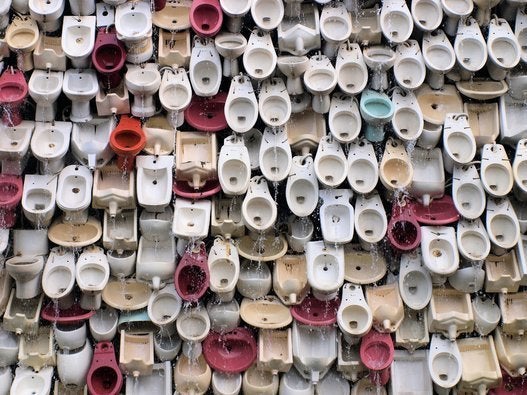
More than 100 women advocates working at the Jharkhand High Court in Ranchi have just one bathroom for their use. The second one, which was originally allotted to them, was taken over by their male colleagues over the course of the years.
According to a report in The Telegraph, the women's loo, located on the first floor of the building, is also open to women visitors to the court but has barely any maintenance staff to clean it. With no regular flow of water, soap dispensers and missing doorknobs, the bathroom is as good as unusable. Even the two other loos meant for court staff in general, which the women employees often walk to during work hours, are no less filthy.
Matters came to a head when Supreme Court advocate Nalini Gore, who frequently appears in Jharkhand High Court, wrote a letter to the acting Chief Justice of India DN Patel on 4 August, pointing out the hell that women lawyers have to go through each working day.
Whether because of the letter or for some other reason, the public works department is believed to have started renovating the toilets, promising to turn them spanking new but without committing to a deadline.
The dismal state of affairs not only points out the neglect of public facilities in elite institutions like the courts but also underscores how much worse it must be for women who live and work outside the ambit of such privilege.
In May this year, the Centre cleared 68% of the funds earmarked for the Swachh Bharat Mission (SBM) for Jharkhand, amounting to a staggering ₹259.2 crores. Last year the state was commended for demonstrating a serious interest in implementing Prime Minister Narendra Modi's cleanliness programme. Not only were the people praised for building toilets but also for making an effort to usher in real behavioural changes.
When SBM was launched in 2014, Jharkhand was singled out as one of the biggest challenges to PM Modi's vision. According to a report in the Hindustan Times, in 2011, it had the highest percentage of households (77%) without latrines. In 2001, the number was 80%. It took ten years for the state to achieve a 3% rise.
No wonder Jharkhand features among the top 5 states with the worst decadal record of building toilets. As many as 92% of people defecate in the open there, as per the numbers from 2014. Open defecation results in thousands of diarrhoea deaths across India every year, especially among children below the age of five.
In spite of the government's rhetoric of praise, only last week the Hindustan Times reported a story of a man in Jharkhand who spent the funds given to him to build a toilet on buying a smartphone. When his enraged wife found out about his "mistake", she smashed the object and then sat on a hunger strike. He was finally forced to take a loan and build a bathroom in their house, which had every other facility.
Apart from sheer disregard for hygiene, the incident highlights the patriarchal indifference to women's safety that results in the lack of such basic amenities across India. As many as 23% girls in the country, according to studies, are forced to drop out of schools because they have no civilised means of relieving themselves.
Also on HuffPost
